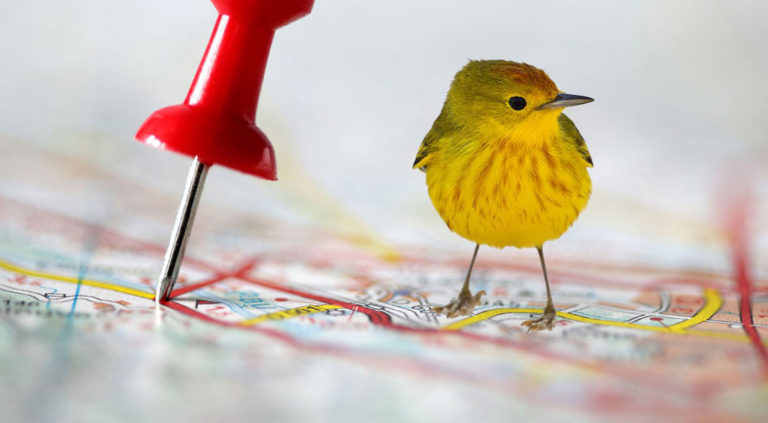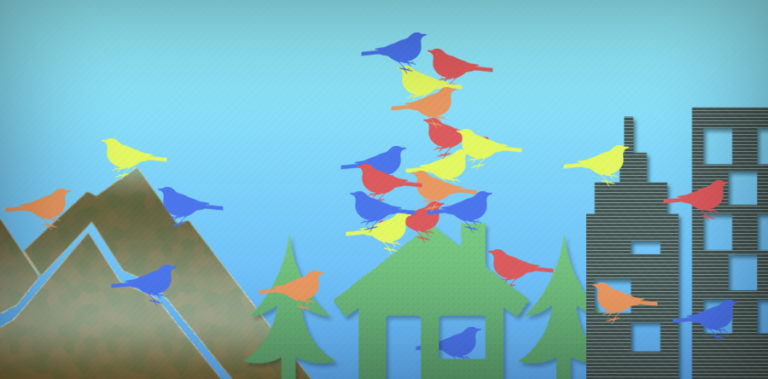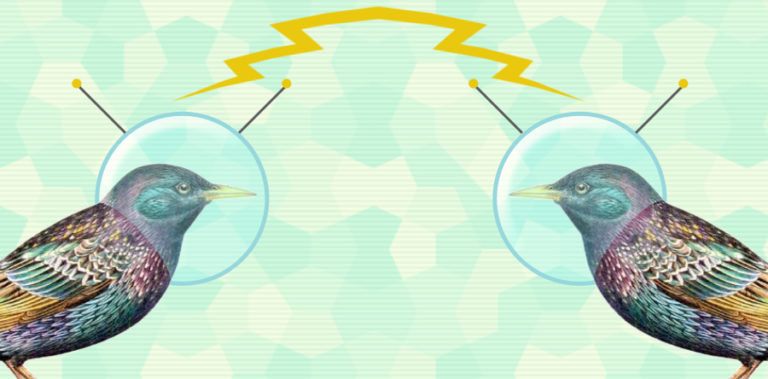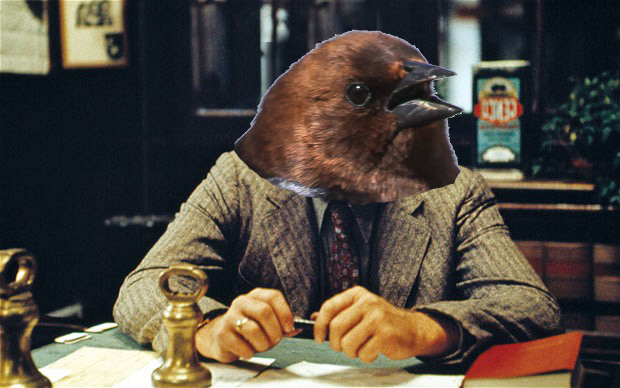
Education, Featured, Main Feed, News
Vote for Proposition P to support Los Angeles Birds
The voting season is upon us and I was reached out to by someone working with the Los Angeles County Parks and Recreation Department to help inform LA voters about Proposition P.
Back in 1992, voters passed the Safe Neighborhood Parks Tax which helped fund almost 1,500 neighborhood and regional park projects. This small $23/year tax was used to fund 244 nature trail projects, 33,000 acres dedicated to parks or open space, 175 tree planting projects, and much more.





